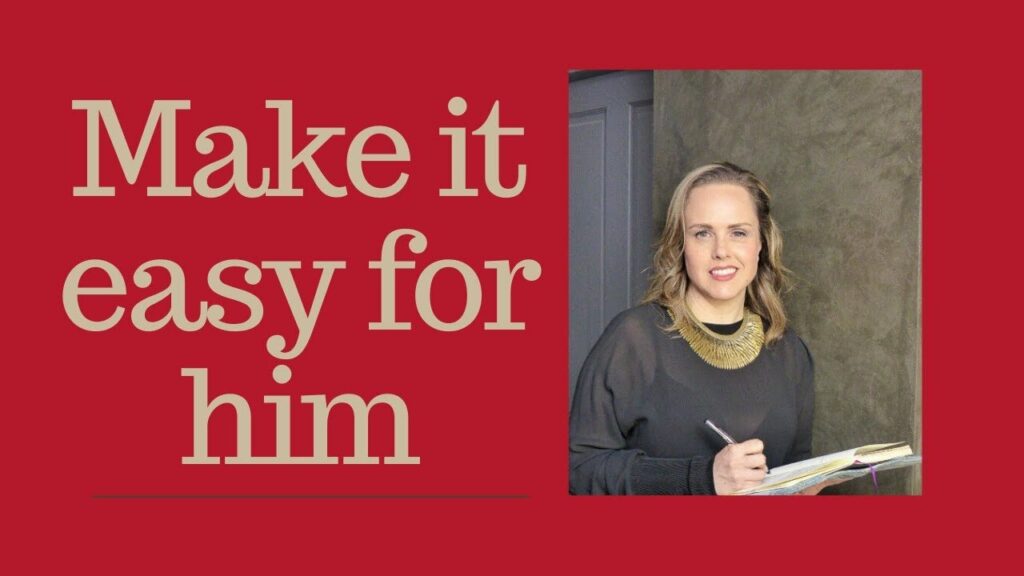As a work coach, many of my clients are conscientious and logical. This can mean they are sometimes slow to make rapid-fire remarks in meetings. The leadership training technique of reflective thinking is a great attribute – and particularly vital for women in STEM. They like to think things through, particularly as they are often the only woman in the room.
Too often, in a busy meeting where the loudest and fastest voice often gets more air-time, reflective thinking can be viewed as a weakness. However, it’s not a liability, but a strength. After all, who doesn’t want an employee who thinks through things carefully?
Pitch reflective thinking for it’s value
If this is you, and you have considered leadership training, there are ways to showcase your reflective thinking style. After all, you are engaged, but don’t want to feel rushed to just make things up.
Nor do you want to simply take time up, before you’ve thought through the implications of the decisions others are rushing towards.
In my experience, just ‘jumping in’ is not a tactic most women, like my clients who work in other male-dominated fields, take – whether they be in financial services or the legal sector.
These are fields where haste isn’t always the smartest option 🙂
Leadership training – Amy’s challenge
Amy, told me her boss advised her ‘you need to get in there more quickly with your ideas.’ By contrast to her style, Amy’s boss is a real extrovert. He’s happy to share his ideas in real-time; as he’s formulating them in his head.
Amy was concerned her slower, more reflective thinking approach left her open to people doubting her contributions. Her boss’s style didn’t work for Amy though, saying ‘that’s not a skill set I even want to get ‘better’ at; it’d just be so fake for me!’
This is something I’ve often heard, particularly from women in STEM. In meetings, Amy listens but wants to contribute in her own time; giving time to her reflective thinking style.
Responding in meetings :
- Let me have a bit of time, I’m just thinking that through.
- I’d like to understand a couple of things better. I’ll circle back.
- A lot has been raised that I want to digest, I’d like to take time to come back to you.
- You’re giving me good food for thought, and I’ll respond when I’ve digested it all.
- I’d like to mull over the points/questions raised by X and I’ll come back to you if I have more
Surprised Amy’s boss’ approach was so engrained in the culture, I asked her ‘Who have you seen take a more reflective stance in meetings?’
Amy was quiet, then remembered a man she’d seen at a few meetings. I asked ‘How is he regarded?’
At this point, quick as a flash, Amy excitedly said ‘When he speaks, people really listen! They know even if he just says one thing, it’s likely to have real meaning.’ We talked about what it would mean for Amy if she could adopt and own this style.
Use the style that gives you energy
Amy became more animated, saying how much easier meetings would feel, then talking about what it would take for her to own her reflective thinking style.
In our time, Amy’s ideas then quickly flowed. She easily came up with several ‘go-to’ responses she’d use in these situations, which I’ve added above.
When I asked what feedback she’d received proving colleagues doubted her contributions, Amy had no evidence at all.
She laughed, saying ‘I guess that’s just my assumption!’ Separating your assumptions from the evidence is vital for my reflective thinking clients – but it can benefit anyone.
Interestingly, women in STEM like Amy are often assumed to be ‘lacking in confidence’. But that’s often not their problem at all! Amy’s challenge is how she can get respect for her more reflective thinking style.
Reflective thinking is hugely useful, as these are the people who are often ace at listening well to others. This is something I talk about in this video Under Confidence can benefit your career.
Engaged listening is part of a reflective thinking skill set, and one these professionals or indeed anyone labelled ‘under-confident’ would do well to capitalise on.



